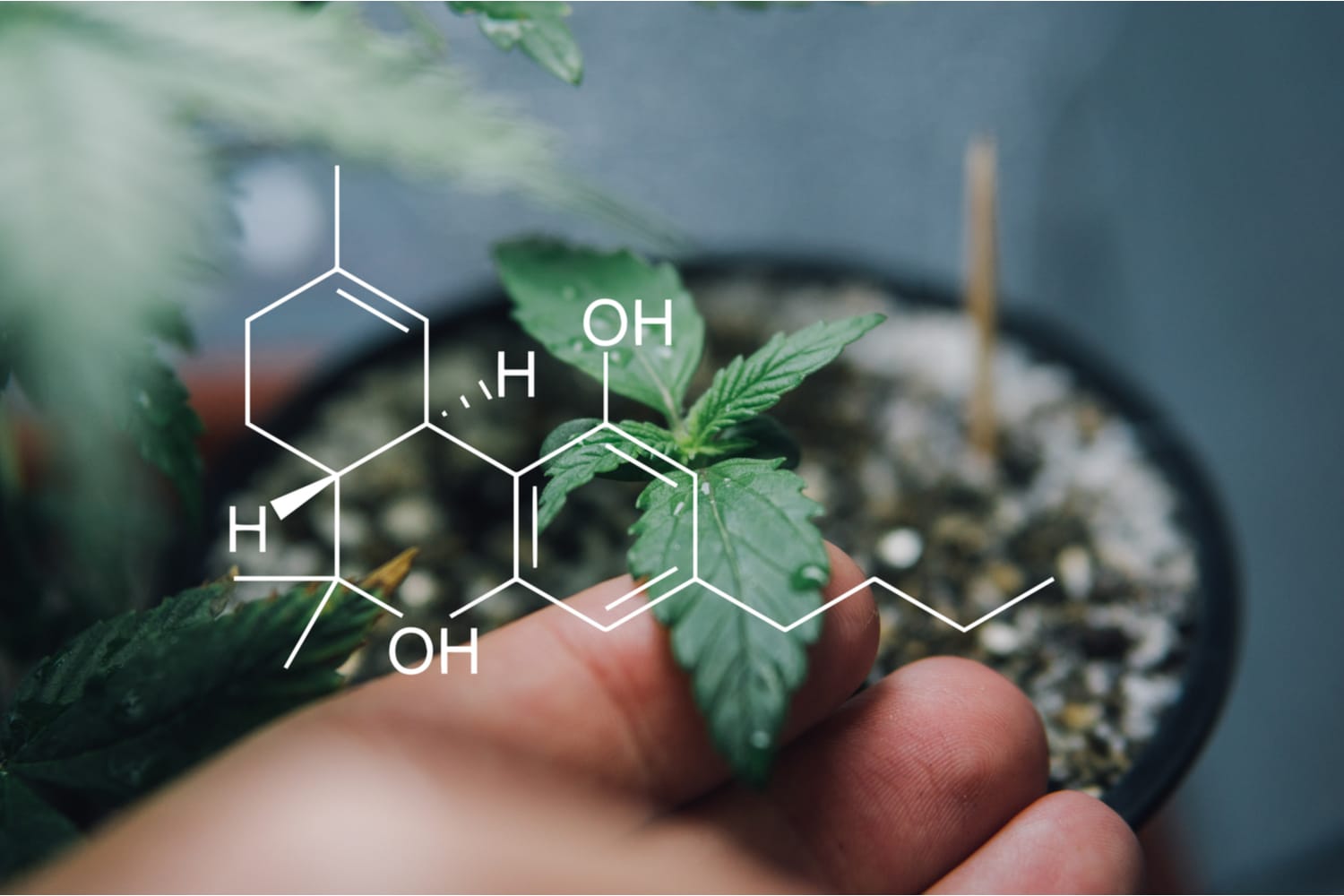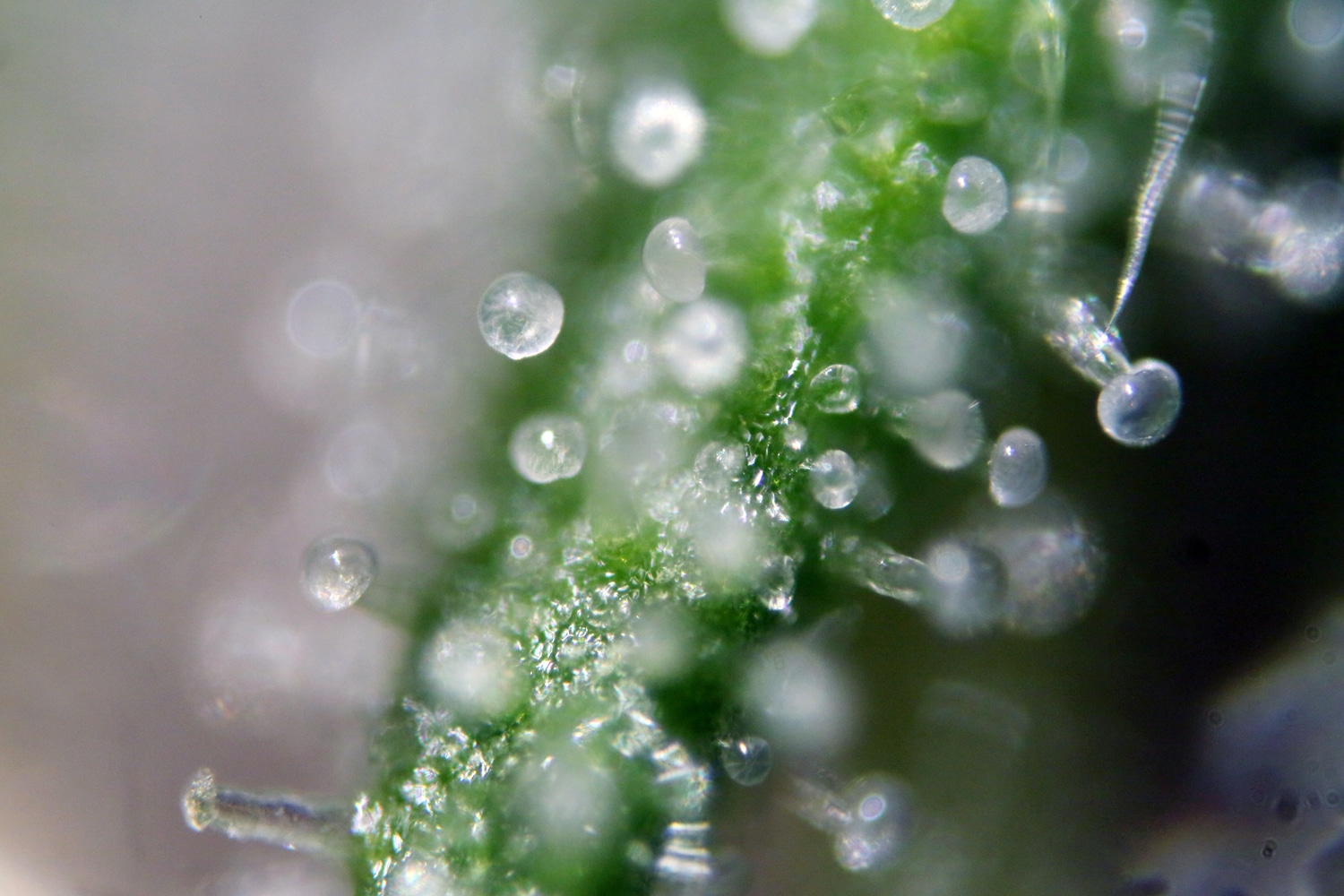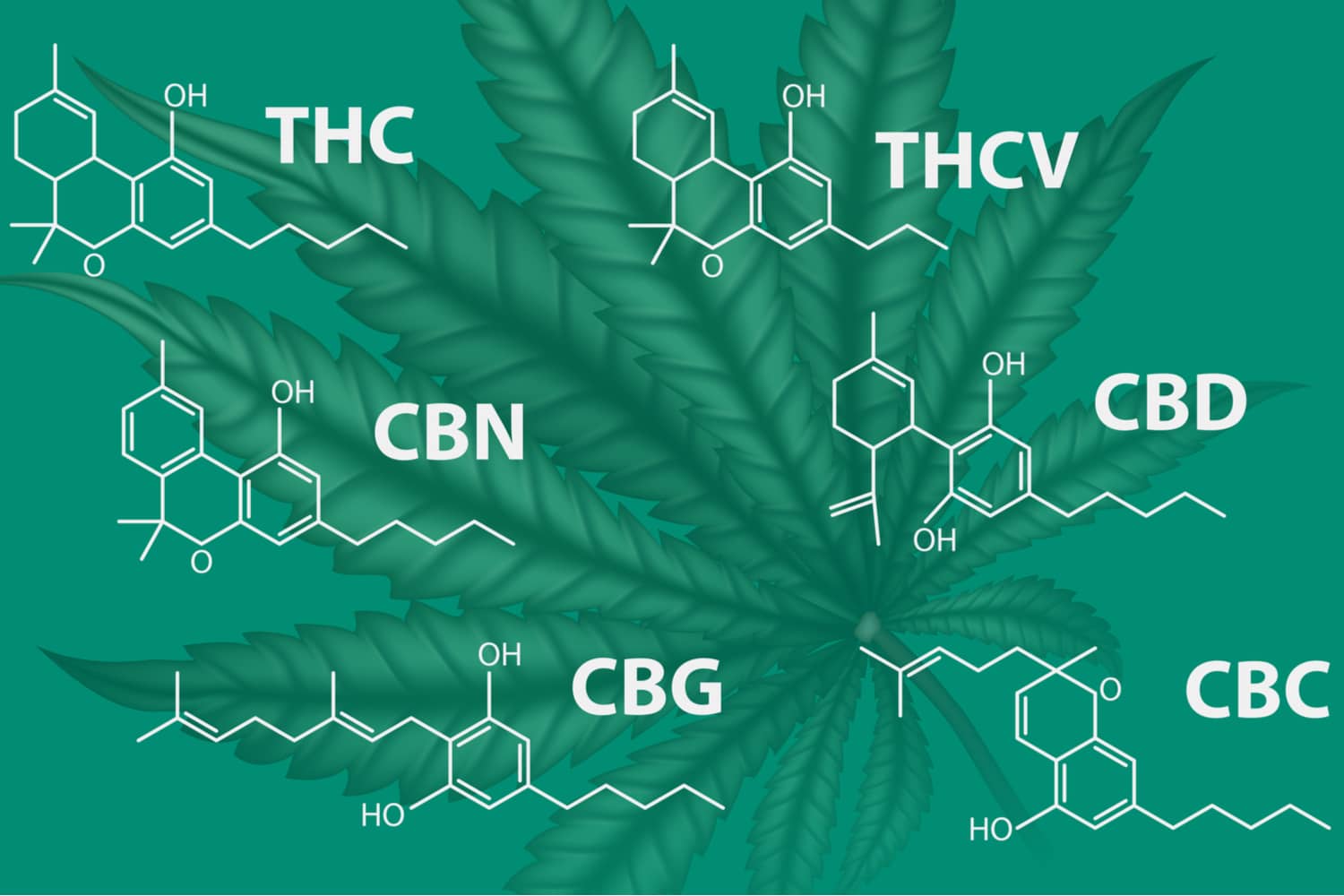Less-Common Cannabinoids & Their Effects

We all know about the two most famous cannabinoids that make cannabis so amazing— THC and CBD. But what about the other cannabinoids found in products at our Las Vegas cannabis dispensary? There are over 100 known cannabinoids found in the various strains and types of cannabis. For that reason, we wanted to highlight a few of the most promising cannabinoids and the incredible benefits they can provide.
What are Cannabinoids?
But first— what exactly are cannabinoids?
Cannabinoids are naturally occurring chemical compounds found in the cannabis plant. They bind with receptors in the body and send signals throughout your body and brain— similar to the chemicals already found within your body’s endocannabinoid system. Cannabinoids like THC trigger the release of dopamine, which results in a high. But that’s not all cannabinoids can do.
Here are some of the lesser-known cannabinoids and a few of the promising benefits they can bring.
THCV
THCV is similar to THC in terms of chemical structure, and in the fact that it also induces the psychoactive elements that create a ‘high.’ But what really excites our Las Vegas cannabis customers is that THCV has a range of properties and benefits all its own.
THCV has been shown to suppress appetite, regulate blood sugar in some diabetes patients, reduce panic attacks and anxiety in some people, and may even help treat Alzheimer’s and stimulate bone growth.
You can find THCV in small amounts in a range of strains, but it’s also starting to appear as a central ingredient in more and more products as people start to appreciate its benefits.
CBN
Like CBD, CBN doesn’t cause psychoactive sensations or a ‘high,’ like THC. That said, CBN actually appears when THC is allowed to age over time.
CBN has a unique set of health benefits, ranging from its use as an antibacterial agent and protectant against neurological disorders like ALS, to its use in appetite stimulation and treatment of glaucoma.
Many people claim that CBN is a great sleep aid, but the truth is that it’s actually a combination of CBN and THC that creates this sedative effect. CBN on its own usually won’t result in improved sleep. This beneficial relationship between CBN and THC is a perfect example of a phenomenon called the entourage effect – when two or more cannabinoids produce a positive side effect that neither cannabinoid can produce on its own. To learn more about the entourage effect, check out The Green Guide to Cannabinoids.
CBG
CBG occurs in most cannabis strains in only the most trace amounts (less than 1%). But more and more cannabis farmers and breeders are looking for creative ways to create more high-CBG strains. A lot of this has to do with timing — when a strain is at its 6-8 week point in the flowering cycle, it may be more likely to contain more CBG.
Early research into CBG’s benefits are very promising. It appears to be effective for treating issues as far-ranging as glaucoma and inflammatory bowel disease, to Huntington’s disease and even possibly colon cancer. It also can be effective as an antibacterial agent, as an appetite stimulator, and as a bladder dysfunction treatment.
CBC
CBC starts from the same natural acid that ultimately leads to THC and CBD, but it has its own properties. One of the most distinct traits of CBC is how it interacts with other cannabinoids. While CBC has some benefits on its own, such as treatment for inflammation, acne, and even depression, it’s most promising when combined with other cannabinoids in the entourage effect that we mentioned earlier.
THCa
The last two cannabinoids on our list aren’t technically cannabinoids at all— they’re actually acids that are naturally found in cannabis. In fact, THCa and CBDa are the natural form of what will ultimately become THC and CBD when heated. They’re what you’ll find in raw and growing cannabis before it’s dried and heated.
That said, THCa and CBDa have some amazing properties of their own when consumed before transitioning to THC and CBD.
THCa has been shown to be effective as an anti-inflammatory, neuroprotective agent (for fighting neurodegenerative disease), anti-nausea agent, appetite stimulant, and may even help reduce the rate of growth in prostate cancer.
CBDa
CBDA also has some amazing potential benefits, though the research process is still fairly early. Early findings suggest that CBDa helps trigger the release of serotonin, which aids in sleep, motor skills, digestion, and the regulation of emotions.
Green’s online menu features products with a range of cannabinoids, from the popular to the less well-known. Place an order for curbside pickup or delivery today.


